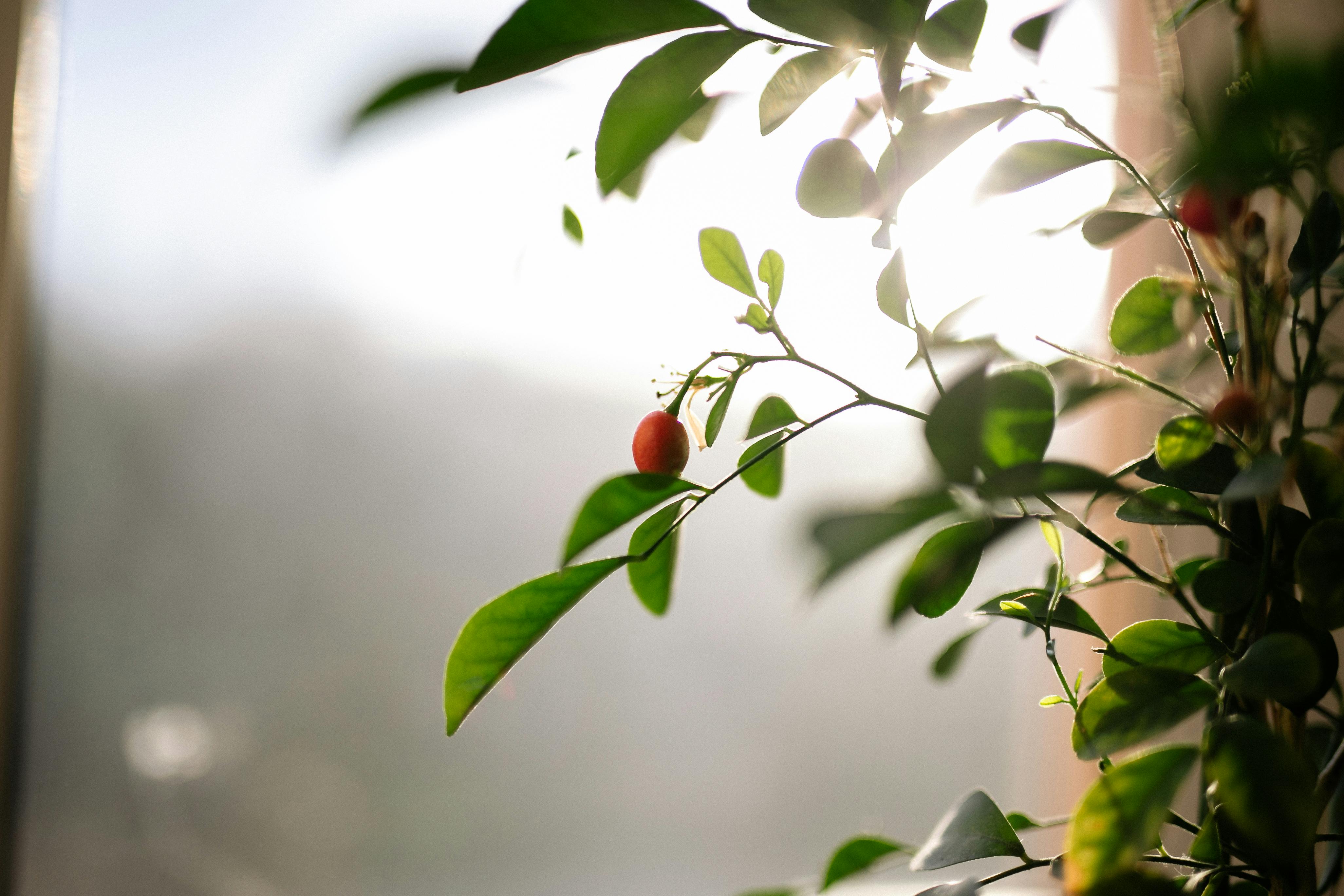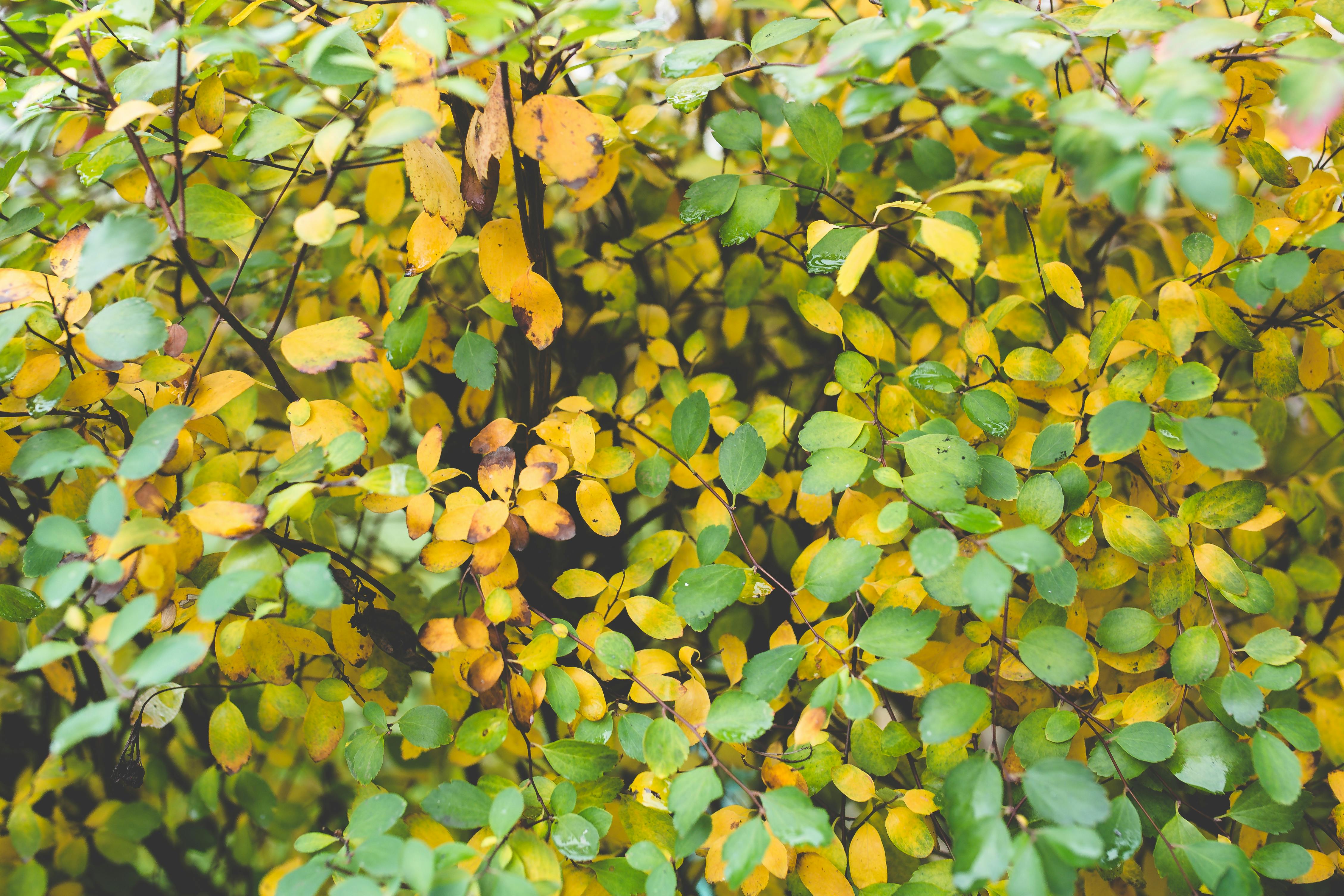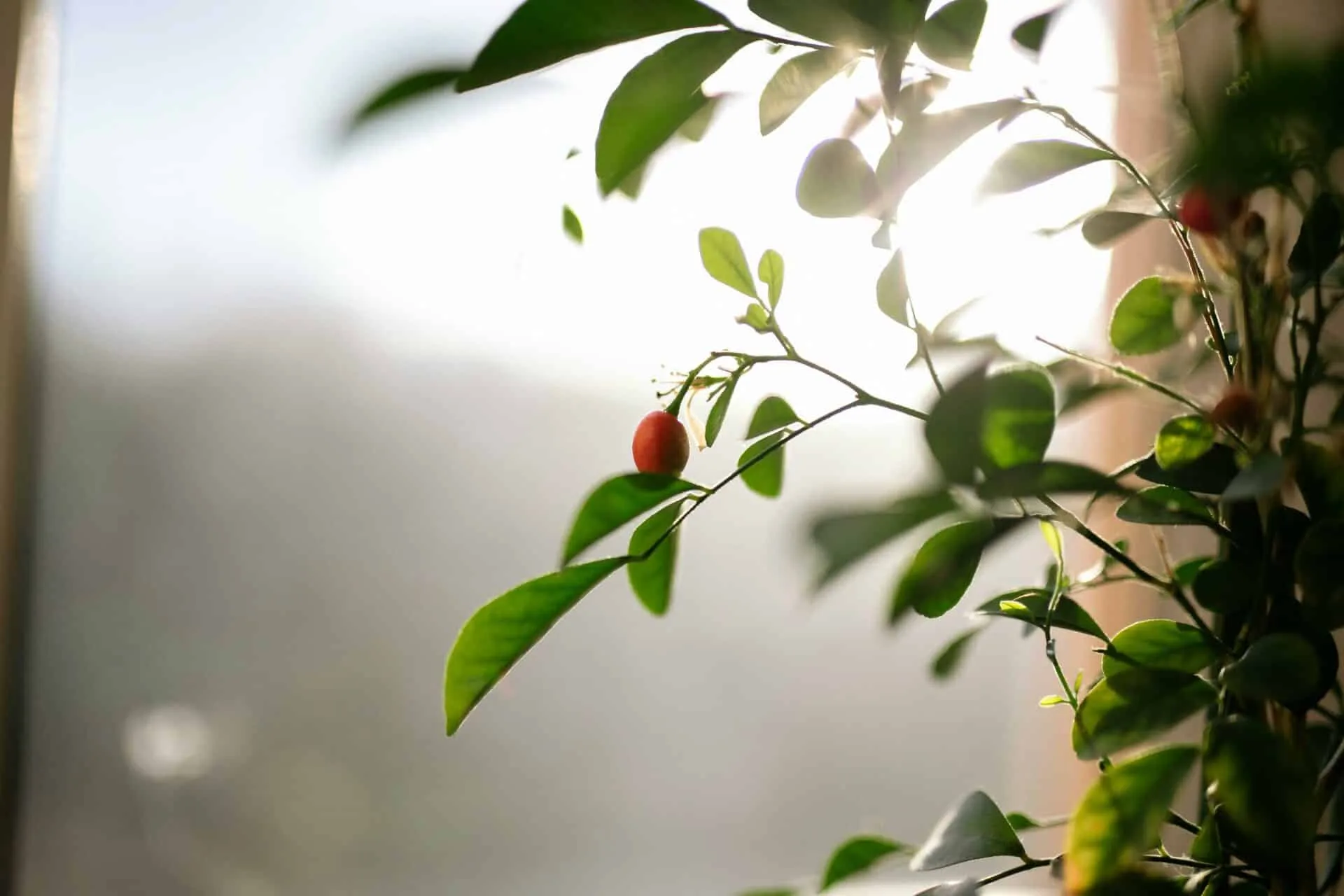Fruit trees are a great addition to any garden, providing delicious fruit and beautiful foliage. But, like any other plant, they need the right amount of care to thrive. One of the most important factors in caring for fruit trees is knowing how much sun they need. While different species have different requirements, understanding the basics will help you ensure that your fruit trees get the sunlight they need to produce a bountiful harvest.The optimal amount of sun for fruit trees depends on the type of tree. Generally, fruit trees need at least 6-8 hours of direct sunlight per day, while more shade-tolerant varieties may only need 4-6 hours. Trees that require more sunlight should be placed in an area with full sun exposure, while those that are shade-tolerant can tolerate some afternoon shade.
Fruit Trees and Sunlight
Fruit trees require an adequate amount of sunlight to produce the best-tasting, healthiest fruit. Most fruit trees need at least six hours of direct sunlight each day. However, the amount of sunlight needed can vary depending on the type of fruit tree. Here is a breakdown of how much sunlight different types of fruit trees need:
Apples: Apples need at least 6-8 hours of direct sunlight each day.
Pears: Pears need at least 6-10 hours of direct sunlight each day.
Peaches: Peaches need at least 8-10 hours of direct sunlight each day.
Cherries: Cherries need at least 8-12 hours of direct sunlight each day.
Plums: Plums need at least 6-8 hours of direct sunlight each day.
Apricots: Apricots need at least 8-10 hours of direct sunlight each day.
It is important to know how much sun your particular tree needs when planting it in your yard or garden. Too much sun can cause leaf scorching, while too little sun can prevent the tree from producing any fruit at all. Be sure to research the particular type of fruit tree you are planting and make sure it is getting the correct amount of sun for optimal growth and production!
How to Determine the Amount of Sun a Fruit Tree Needs
Fruit trees require plenty of sun for optimal growth and fruit production. Knowing how much sunlight your particular tree needs is an important part of successful fruit tree cultivation. The amount of sun your fruit tree needs depends on the type of tree it is and where you live.
Generally, most varieties of fruit trees need at least 6-8 hours of direct sunlight each day in order to thrive. If you’re growing tropical fruit, such as mangoes or papayas, they may need up to 10 hours per day to produce well. Alternatively, if you live in a cold climate, you may need less sunlight for certain types of trees that are more tolerant of cooler temperatures.
When determining the amount of sun your specific fruit tree needs, it’s important to consider where it will be planted. If you’re planting near other trees or buildings that will block some sunlight, then the amount of sunlight will be less than if it was planted in an open area with no shade.
It’s also important to keep in mind that different varieties of the same species may require different amounts of sunlight. For example, apples are generally considered a full-sun tree meaning they need 8-10 hours per day but there are some varieties that can tolerate partial shade and only require 5-6 hours per day.
Finally, check with your local nursery or agricultural extension office for more information about the specific type of fruit tree you’re planting and how much sun it needs for optimal growth and production. They can provide valuable advice on how much sun your particular variety requires as well as other tips and tricks for successful cultivation.
Sun Requirements of Fruit Trees
Fruit trees require a certain amount of sunlight to thrive and produce a healthy crop of fruit. There are several factors that can affect the sun requirements of fruit trees, including the tree’s species, its location and the climate in which it is grown.
The species of fruit tree will have an impact on how much sun it needs to grow effectively. Some species may require more sun than others, or even some shade during certain parts of the day. Additionally, some species may be more tolerant of temperature variations than others, which can also affect their sun requirements.
The location of the tree can also make a difference in how much sun it needs to produce a healthy crop. Trees that are planted in areas with full sun will receive more light than those planted in partial shade or in areas with less direct sunlight. Additionally, trees located near buildings or other structures may not get enough light for optimal growth.
Finally, climate can play an important role in the sun requirements of fruit trees. In colder climates, trees may need additional protection from cold temperatures and frost to ensure they get enough sunlight. On the other hand, trees planted in hot climates may need additional protection from excessive heat and strong winds to ensure they have enough sunlight for healthy growth and fruiting.
By understanding these various factors that can affect how much sun a fruit tree needs, you can ensure that your tree receives the right amount of light for optimal growth and fruiting. With proper care and attention, your fruit trees can thrive and produce an abundant harvest!
How to Provide Enough Sunlight for Your Fruit Tree
Providing enough sunlight is essential for any fruit tree to grow and produce fruit. Without adequate sunlight, the tree won’t be able to photosynthesize, which means it won’t be able to create the sugars and carbohydrates it needs for energy, and it won’t be able to produce fruit. To ensure that your fruit tree is getting enough sunlight, there are a few steps you can take.
First, choose a location for your tree that has full sun exposure. Make sure the location you select isn’t shaded by buildings, trees, or other tall objects that could block out the sun’s rays. If necessary, prune or trim any nearby trees or shrubs that may be blocking the sunlight from reaching your tree.
Second, keep your tree well-watered. Adequate water helps ensure that the soil is soft and moist so that the sun can reach down and warm up the roots of your tree during colder months. Additionally, when temperatures soar in summer months, having enough water helps keep your tree hydrated so it can take advantage of any available sunlight.
Third, apply mulch around the base of your tree. Mulch acts as an insulator from extreme temperatures and helps retain moisture in the soil which can help encourage healthy root development and nutrient uptake from sunlight exposure. Make sure to leave at least a few inches between the mulch and trunk of your fruit tree as too much mulch can damage a young or small plant by trapping moisture against its bark which can lead to rot or other issues.
Finally, if you live in a climate with extreme temperatures or long periods of darkness during winter months, consider using supplemental lighting such as grow lights or LED lights to provide additional light exposure for your fruit trees during those times when natural sunlight is scarce. This will help give them an extra boost of energy while they wait for springtime sunshine!

Providing Extra Sunlight for Your Fruit Tree
Fruit trees rely on sunlight to photosynthesize and produce the nutrients needed for growth and fruit production. Providing extra sunlight to your fruit tree can help it thrive and produce a larger, healthier crop. Here are some of the benefits of providing extra sunlight for your fruit tree:
Increased Growth
Extra sunlight will help stimulate growth and increase the amount of food your tree is able to produce. This can result in larger, healthier fruit that ripens quicker. The increased growth also helps the tree become more drought-tolerant, as the additional foliage helps to conserve water more efficiently.
More Abundant Fruits
Providing extra sunlight for your fruit tree can lead to an increased yield of fruits. The sun helps to promote flowering, which increases pollination and leads to more fruits being produced. It also helps ensure that those fruits ripen faster, allowing them to be harvested sooner and giving you a longer harvest season.
Improved Quality
The increased growth and abundance of fruits due to extra sunlight also leads to improved quality of the fruits themselves. The additional light helps develop more flavorful fruits with better coloring and texture. This can make them more desirable when selling or eating fresh from the tree.
Providing extra sunlight for your fruit tree is a great way to ensure its health and productivity, while also improving the quality of its fruits. With just a few simple steps, you can give your fruit tree the extra light it needs to thrive.
Signs of Too Much Sunlight
Fruit trees that receive too much sunlight may show signs of distress, such as wilting, yellowing or curling of the leaves. The bark of the tree may also become cracked and the roots may become dry and stunted. The fruit produced by the tree may also be smaller than normal and may not ripen properly. In extreme cases, the tree could suffer from sunscald, where its leaves turn brown and brittle.
Signs of Too Little Sunlight
When a fruit tree receives too little sunlight, it may show signs of weak or spindly growth. Its leaves may be pale and faded in color as well as smaller than normal. The fruit produced by the tree will likely be small and misshapen, while the bark of the tree can become discolored or mottled. Additionally, there could be a lack of flowering or fruiting on the tree due to insufficient sunlight exposure.
Shade Affect a Fruit Tree’s Ability to Produce Fruits
Fruit trees require adequate light in order to produce fruits. Without sufficient sunlight, the tree can become stressed and, over time, this can lead to a decrease in fruit production. Shade can also reduce photosynthesis and reduce the amount of energy available for plant growth. Additionally, shade reduces air circulation which can lead to higher humidity levels around the tree which can encourage fungal growth.
Shade is not always detrimental; some fruit trees benefit from partial shade. For example, apples and pears grow best when they receive some dappled shade during the hottest part of the day. Citrus fruits are best suited for full sun but may tolerate light shade.
When planting a fruit tree in an area that receives shade, it is important to consider how much sunlight it will be receiving throughout the year and how that may affect its ability to produce fruit. If there is not enough light for adequate photosynthesis, then fruit production will likely be decreased or nonexistent. It is important to research the specific species of tree before planting in order to determine its ideal conditions for growth and production.
In addition to researching the individual species of tree, there are some general guidelines for selecting a variety that will tolerate some shade and still produce a good yield of fruit each season. Look for varieties that are described as “partial shade tolerant” or “partial sun tolerant” as these varieties will have better success in shady areas than those labeled “full sun only” or “full sun preferred”. It is also helpful to select varieties with small or compact root systems that are more likely to be able to survive in areas with lower amounts of light.
Overall, it is important to consider how much sunlight a fruit tree will receive when selecting its location in order to ensure successful growth and production of fruits each season. Shade can have both beneficial and detrimental effects on a fruit tree’s ability to produce fruits so it is important to research both the individual species as well as any available varieties before making a selection.

Conclusion
Fruit trees need between 6 and 8 hours of direct sunlight each day to produce the most fruit. When planting a fruit tree, it is important to consider the amount of sunlight that the tree will receive throughout the day. If possible, try to plant your tree in an area that receives full sun for most of the day.
It is also important to consider the climate when selecting a species of fruit tree. Different types of trees thrive in different climates and require different amounts of sunlight. Knowing your climate and the amount of sun you have available can help you select a variety of tree that will produce the most fruit for your area.
Lastly, it is important to provide your fruit trees with adequate water and fertilizer throughout the growing season. This will help ensure that your trees are able to absorb as much sunlight as possible and produce a large crop each year.
In conclusion, understanding how much sun your fruit trees need is essential for producing high yields each year. With proper care and attention, you can ensure that your fruit trees produce plenty of delicious fruits each season.



